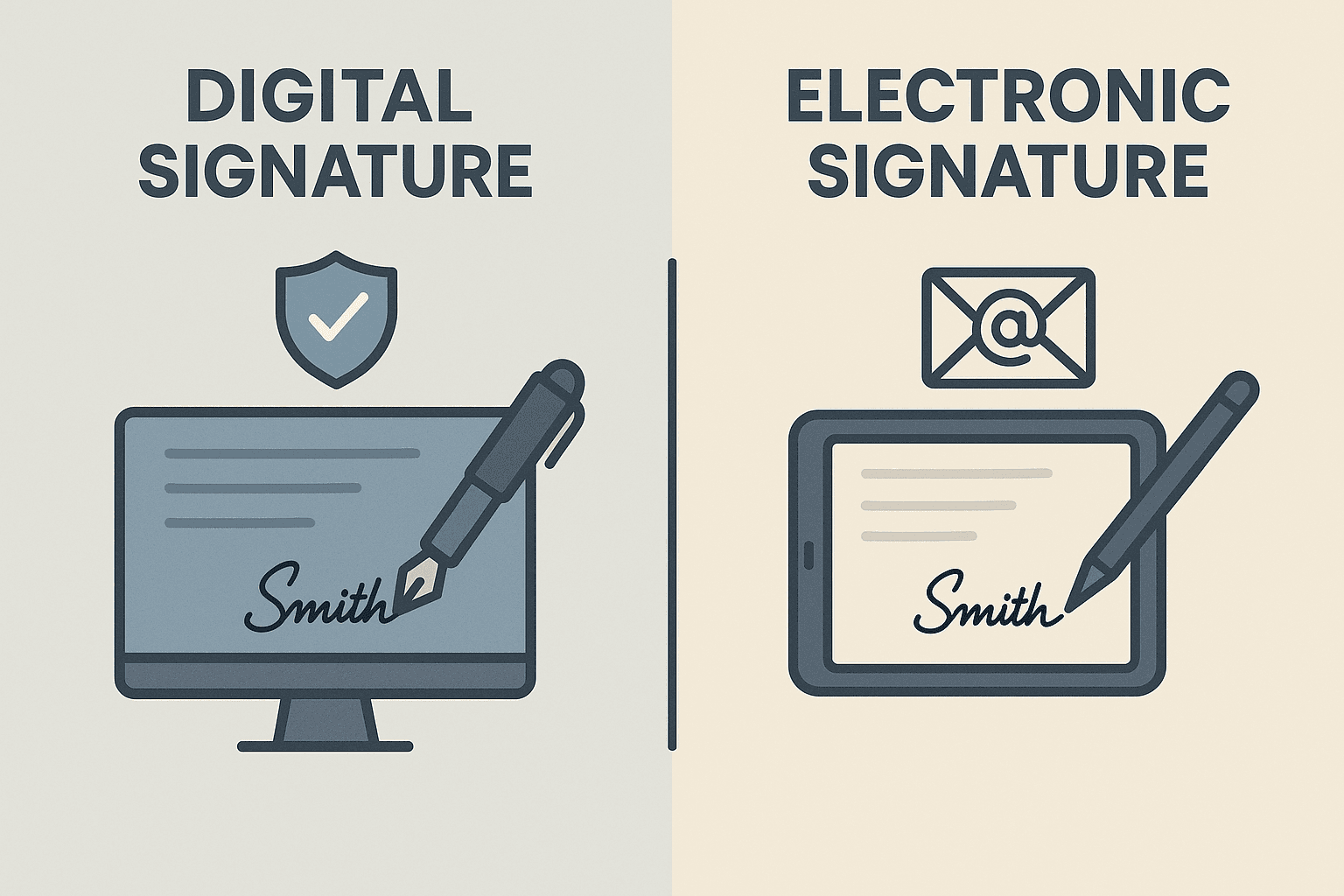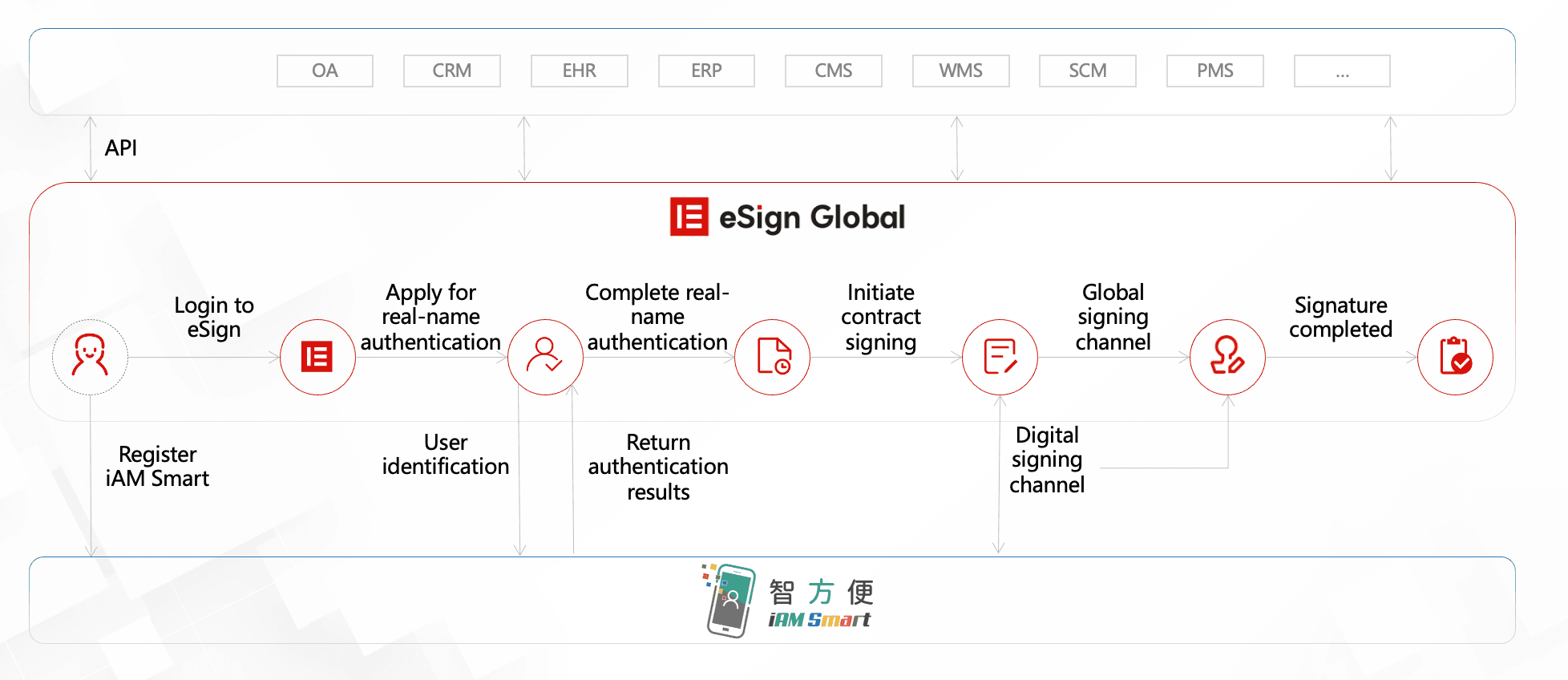WhatsApp or email with our sales team or get in touch with a business development professional in your region.
are digital and electronic signatures the same





Are Digital and Electronic Signatures the Same?
As businesses around the world adopt digital transformations at an unprecedented pace, the ways in which we validate agreements and documents are also evolving. Signing a contract no longer necessarily requires a pen and paper. With the rise of remote work and globalized business, digital and electronic signatures have found mainstream use. But many still ask: Are digital and electronic signatures the same?
While the terms are often used interchangeably, they are not exactly the same. Understanding the differences between these two forms of signatures is essential, especially when it comes to legal enforceability and compliance with local regulations — whether you are operating in Hong Kong, Singapore, Malaysia, or elsewhere in Southeast Asia.
What is an Electronic Signature?
An electronic signature, commonly abbreviated as e-signature, is any electronic process that indicates acceptance of a document or agreement. This can include:
- Typing your name into a signature field
- Clicking an “I Accept” button
- Using a stylus or finger on a touchscreen
- Uploading an image of your handwritten signature
Electronic signatures are the broader category under which digital signatures fall. According to the United Nations Commission on International Trade Law (UNCITRAL) Model Law on Electronic Commerce, which many Asian jurisdictions have used as a basis for their local regulations, an electronic signature is legally equivalent to a handwritten one — given that certain conditions are fulfilled.
In jurisdictions like Hong Kong and Malaysia, electronic signatures are valid for many types of documents, provided that the intent to sign and consent are clear. However, specific documents (like wills or real estate transactions) may still require a traditional, handwritten signature.

What is a Digital Signature?
A digital signature is a type of electronic signature that uses cryptographic methods to secure the signature and verify the identity of the signer. Each digital signature is unique to both the document and the signer and is generated using a specific algorithm. This process typically involves:
- A unique digital certificate issued by a Certificate Authority (CA)
- Encryption using public-key infrastructure (PKI)
- A secured hash of the signed document
Digital signatures are generally considered more secure than standard electronic signatures. They ensure not just the identity of the signer but also the integrity of the document — making it virtually tamper-proof.
Laws like Hong Kong’s Electronic Transactions Ordinance (Cap. 553) explicitly differentiate between “electronic signatures” and “digital signatures.” The Ordinance stipulates that digital signatures are legally powerful provided they are supported by an accepted certification authority and meet all authentication standards.
Key Differences Between Digital and Electronic Signatures
Let’s break down the major differences between these two terms:
| Feature | Electronic Signature | Digital Signature |
|---|---|---|
| Scope | Broad | Specific, technically advanced form |
| Technology Used | Simple (e.g., click-to-sign, typed name) | Uses encryption and digital certificates |
| Authentication Level | Low to Medium | High |
| Document Integrity Validation | Rare | Yes (tamper-proof) |
| Legal Standing | Varies by jurisdiction | Generally higher when complying with standards |
| Regulatory Compliance | May lack strong verification protocols | Complies with PKI standards and local laws |

Importance of Local Regulatory Compliance
When adopting an electronic or digital signature solution, understanding local compliance requirements is crucial. For example:
-
Hong Kong: Under the Electronic Transactions Ordinance, all e-signatures are generally acceptable except in certain cases (e.g., legal oaths, land deeds). To be presumptively valid for more formal documents, digital signatures supported by a certificate authority are preferred.
-
Singapore: The Electronic Transactions Act supports both electronic and digital signatures but hinges on the principle of “secure electronic record” and “reliability”.
-
Malaysia: The Digital Signature Act 1997 specifically governs digital signatures and mandates that they be issued by a licensed certification authority to gain legal recognition.
Therefore, using the right type of signature ensures not only the validity of the document but also guarantees its enforceability in a court of law.
Use Cases for Each Type
Understanding when to use which type of signature is equally important.
Use Electronic Signatures When:
- Signing internal documents
- Approving invoices or NDAs
- Completing HR forms and onboarding documents
Use Digital Signatures When:
- Executing high-value commercial contracts
- Submitting government or legal documents
- Handling financial agreements or audits

Real-World Implications
Imagine a business based in Malaysia trying to finalize a cross-border deal with a partner in Hong Kong. If both parties only use a basic electronic signature (e.g., a typed name), there’s a risk the contract may be challenged — especially if one party later claims the contract was modified post-signature. A digital signature, on the other hand, would provide a verifiable timestamp, identity assurance, and data integrity — making it extremely difficult to refute its authenticity.
Similarly, in sectors like healthcare, banking, or government services where compliance is critical, only digital signatures offer the level of assurance needed to meet both organizational and regulatory standards.

Choosing the Right Platform: Why eSignGlobal Stands Out
For users in Hong Kong and the Southeast Asia region looking for a compliant, secure, and reliable alternative to larger global platforms like DocuSign, platforms like eSignGlobal have emerged as a preferred regional choice.
With localized features and compliance options, eSignGlobal supports both standard electronic and advanced digital signatures tailored for specific legal jurisdictions. Whether you’re signing real estate contracts in Hong Kong or submitting regulatory documents in Singapore, eSignGlobal ensures you meet all relevant requirements.

Final Thoughts
So, are digital and electronic signatures the same? The answer is no: all digital signatures are electronic, but not all electronic signatures are digital. Digital signatures use advanced encryption techniques, offering a higher level of security and legal credibility, especially in regulated environments.
Whether you’re a startup, a multinational enterprise, or a compliance officer in Southeast Asia, knowing the difference and choosing the right kind of electronic signature could be the key to ensuring the enforceability of your agreements. Always remember to consider the local regulatory framework when selecting an e-signature solution — and platforms like eSignGlobal make that decision much easier.

Shunfang
Head of Product Management at eSignGlobal, a seasoned leader with extensive international experience in the e-signature industry.
Follow me on LinkedIn
Get legally-binding eSignatures now!
30 days free fully feature trial
Business Email
Get Started
 Only business email allowed
Only business email allowed
Latest Articles
Is it legal to use cloud-based signatures instead of Hanko in Japan?
How to collect legally binding signatures from employees in China?
What are the requirements for an electronic invoice (e-Fapiao) signature?
How to automate sales contracts for a manufacturing business in China?
Can I use WeChat to legally sign a loan agreement?
How to verify if a Chinese electronic contract has been tampered with?
What is the best way to sign NDAs remotely with Chinese partners?
How to implement on-premise e-signature solutions for data compliance in China?


